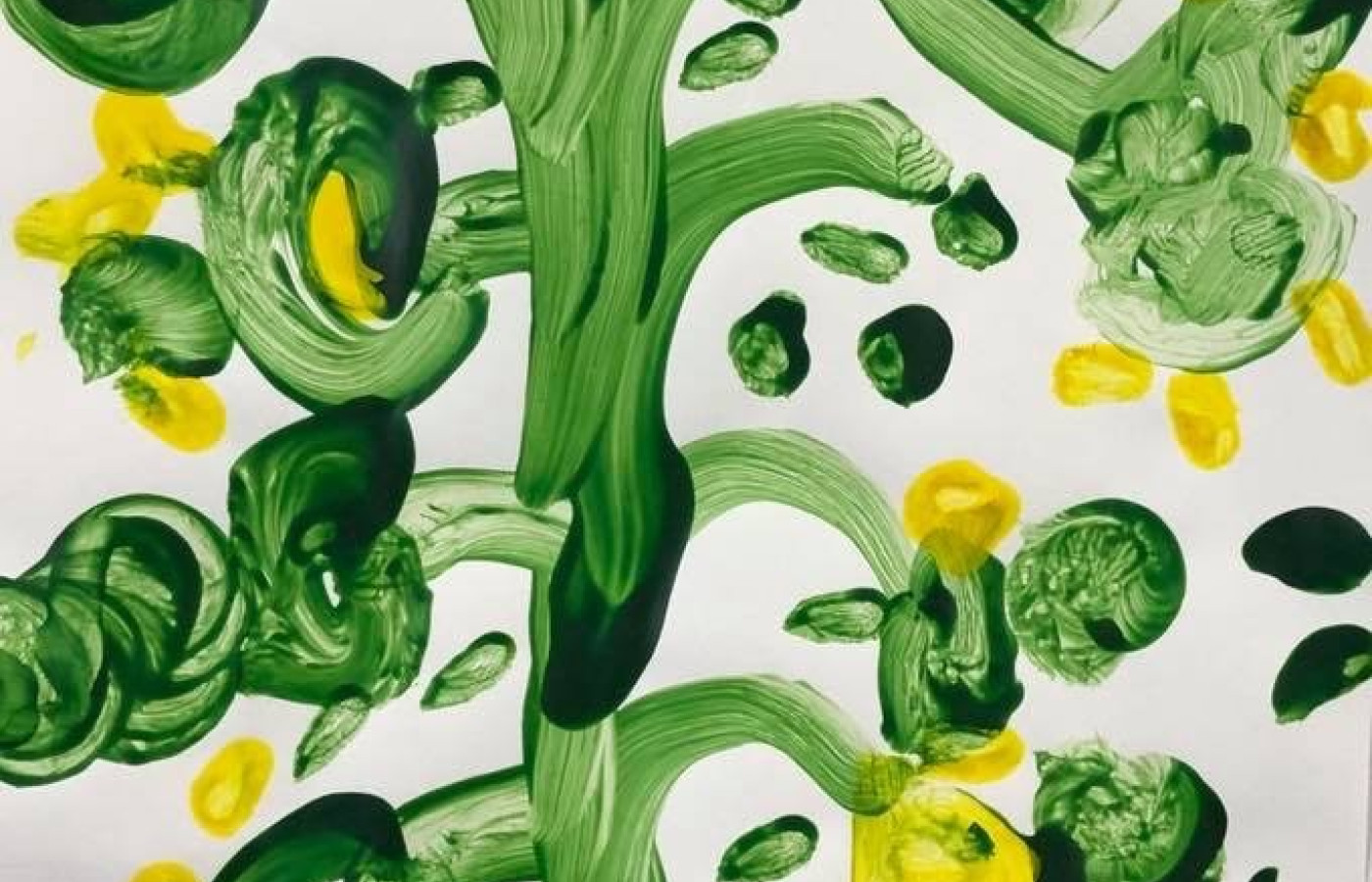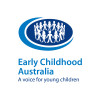Still life painting

Still life painting
Still life painting - a vase of flowers
Materials Required
- Paint and paint brushes
- Vase with flowers
- Water to wash brushes
- Paper
- Bucket or sink to wash hands and paint brushes
Play experience profile
-
Ages:
-
Min Playtime60+ Minutes
-
Skills
-
Energy LevelQuiet Play
-
Messiness Rating
-
EYLF Outcomes
Play Experience Preparation
Preparation makes for an easy clean down, cover the work surface in an old sheet/newspaper/plastic cover, have a bucket with soapy water ready to wash hands and brushes and rags to wipe down the surface, even better if you're near a tap. Involve your child in the set-up and pack-down - it's all a part of the experience. - Source art quality materials including - paint, paint brushes, water, paper.Experience Steps
- Go for a walk around outside with your child to source flowers/greenery and arrange in a vase/pot/glass.
- Set up the table with the vase of flowers and visual art materials.
- Take a moment to go through some techniques with your child e.g. dabbing excess water off the brush, washing the paint brush between colours, how to mix colours etc.
- Create!
- You may support your child's engagement by helping them to notice details about the arrangement e.g. shape, colours, textures.
- Paint takes time to dry. Encourage your child to wait until it dries fully to apply additional layers.

What to talk about, or questions to ask during the experience
- What can you see? Colours, shapes, textures, sizes, patterns etc.
- What is in the foreground (up-close)? What is in the background (further away)?
- Are there different shades of colours, how can you represent these? What type of blue do you see? Is it light or dark? Warm or cool? How can you make that colour?
Build on this...
- Creating still-life arrangements to paint e.g. fruit, vegetables, natural materials including sticks, leaves, flowers etc.
- Taking photos or painting the still life from different perspectives.
- Visit a local art gallery.
- Reference artwork by other artists e.g. Vincent Van Gogh and his still life paintings.
WHO guidelines for physical activity and sedentary behaviour
Provide evidence-based public health recommendations for children, adolescents and adults on physical activity.
Learn more
Provide evidence-based public health recommendations for children, adolescents and adults on physical activity. Learn more
Walking outside to source natural materials for the still life arrangement engages you and your child in physical activity. Removing the chair from the table or using an easel can further promote physical activity during this experience.
EYLF Outcomes
The Early Years Learning Framework has been designed for use by early childhood educators working in partnership with families, children’s first and most influential educators.
View PDF
The Early Years Learning Framework has been designed for use by early childhood educators working in partnership with families, children’s first and most influential educators. View PDF
- Children express ideas and make meaning using a range of media
- Children develop dispositions for learning such as curiosity, cooperation, confidence, creativity, commitment, enthusiasm, persistence, imagination and reflexivity
- Children interact verbally and non-verbally with others for a range of purposes
EYLF Principle
Principle 3: High expectations and equity. Children progress well when they, their parents and educators hold high expectations for their achievement in learning.
EYLF Practice
Practice: Learning through play. Play can expand children’s thinking and enhance their desire to know and to learn. In these ways play can promote positive dispositions towards learning. Children’s immersion in their play illustrates how play enables them to simply enjoy being.
Author:


